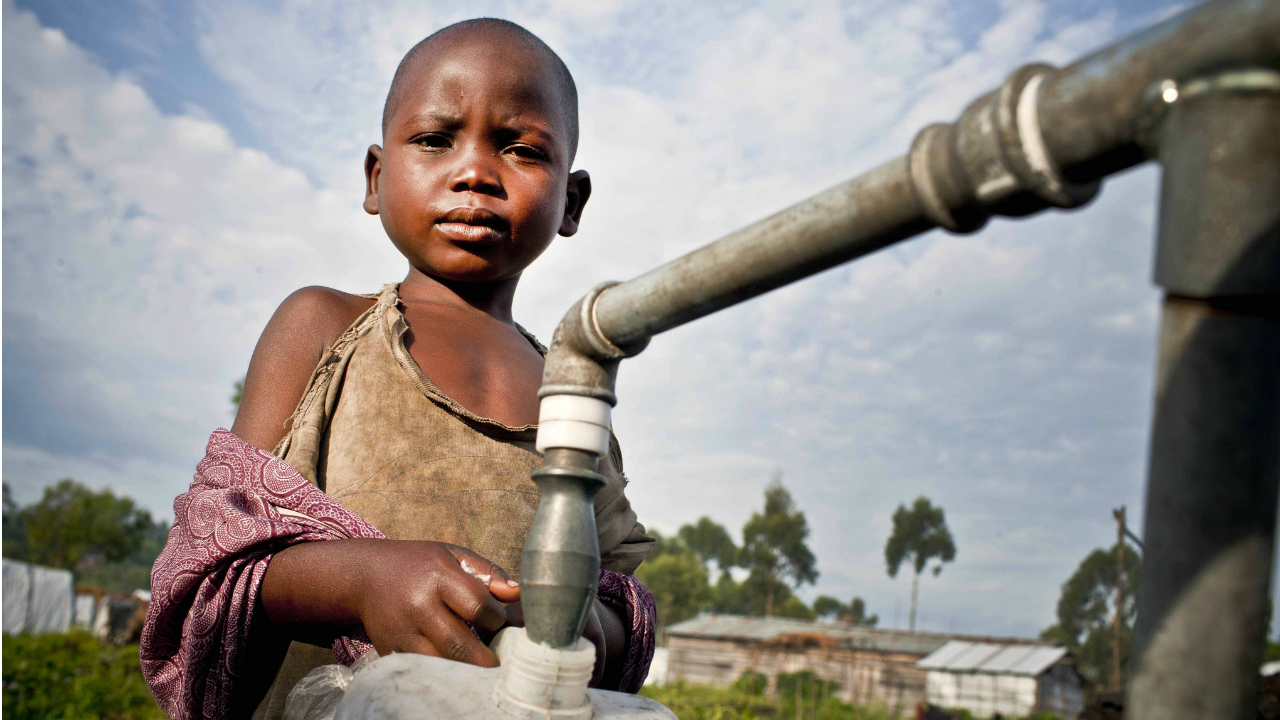
DiYES International School – Fungal infections in African children are a significant health concern. One common infection is Athlete’s Foot (Tinea pedis). This condition mainly affects the feet, causing itching, redness, and scaling. The infection thrives in warm, moist environments, making it more prevalent in tropical and humid areas. Despite being treatable, Athlete’s Foot can cause discomfort and, in severe cases, lead to secondary infections. It is crucial to understand how this infection spreads and how to manage it effectively.
Athlete’s Foot is caused by a group of fungi known as dermatophytes. These fungi thrive on the skin’s outer layer, feeding on keratin, a protein found in skin, nails, and hair. The infection typically begins between the toes but can spread to other parts of the foot. Several factors increase the risk of contracting Athlete’s Foot. Poor hygiene, wearing tight or non-breathable footwear, and walking barefoot in public spaces are common contributors. In areas with high humidity and inadequate sanitation, children are especially vulnerable. Shared spaces such as public showers and swimming pools also serve as breeding grounds for these fungi.
“Read about: Rhinosinusitis in Children: Causes, Symptoms, and Treatments”
Athlete’s Foot manifests through several symptoms, including itching, burning, and redness. These symptoms often appear between the toes or on the soles of the feet. The skin may peel, crack, or blister, causing discomfort. If left untreated, the infection can spread to other parts of the body, including the toenails and hands. In severe cases, secondary bacterial infections may develop. It is important for parents and caregivers to recognize these symptoms early to prevent complications.
Athlete’s Foot spreads through direct contact with infected surfaces. Fungi can live on floors, towels, and shoes for extended periods. Children who share spaces such as schools, playgrounds, and community centers are at high risk. The infection is highly contagious, especially in humid and warm environments. Since children often walk barefoot or share footwear, it is easier for the fungi to spread. Preventive measures should focus on good hygiene practices and avoiding shared contact with infected surfaces.
“Read more: How to Design the Perfect Garage System for Outdoor Gear”
Prevention of Fungal Infections starts with maintaining proper foot hygiene. Children should be taught to wash their feet regularly with soap and water. It is essential to dry the feet thoroughly, especially between the toes. Wearing breathable shoes and socks made of cotton can reduce moisture buildup. Children should avoid walking barefoot in public places like gyms, showers, or swimming pools. Sharing footwear or towels should also be avoided. Regularly changing socks and shoes helps keep feet dry and prevents the fungi from growing.
Treating Athlete’s Foot usually involves antifungal creams, powders, or sprays. Over-the-counter medications are often effective in clearing up mild cases. For severe or persistent infections, a doctor may prescribe oral antifungal medications. It is important to follow the prescribed treatment regimen for the full duration, even if symptoms improve. In some cases, children may need to be monitored for secondary infections, which can complicate the treatment process. Parents should also ensure that the child continues to practice good hygiene during the treatment period.
Raising awareness about Athlete’s Foot is crucial in preventing its spread in communities. Schools, clinics, and health centers can educate parents and children on proper foot hygiene practices. Community outreach programs can help provide resources such as soap, clean towels, and access to medical care. By involving local leaders and educators, public health initiatives can significantly reduce the incidence of fungal infections in children. Education also empowers parents to recognize the early signs of Athlete’s Foot and seek prompt treatment.
Athlete’s Foot is a common fungal infection in African children that requires attention and proper care. Early identification, preventive measures, and appropriate treatment can effectively manage the infection. Public health education and community support play a significant role in reducing its spread. Parents and caregivers must ensure children practice proper foot hygiene to prevent this infection.